Feeder rods user guide
I am often asked how I transport my fishing gear, because everyone sees that I get my gear ready very quickly. Let’s look at the rules for transporting your gear safely, which will make it clear how to transport your rods and reels without damage, yet still get them ready to use quickly.
If you follow these rules, you are guaranteed to transport your fishing equipment without damage, while having all your gear ready to fish in a matter of minutes!
A feeder rod is usually made up of 4 sections:
-
Handle,
-
Middle blank, (the same length as the 1.handle part)
-
Top blank,
-
Tip
Rules of proper technique for folding and storing a feeder rod:
3.top blank and 4.tip are mostly one piece, equal in length to 1.handle and 2.middle blank. (Therefore, 3. Top blanket and 4. Tip do not need to be disassembled when folding and can be transported assembled.)
The process of assembly:
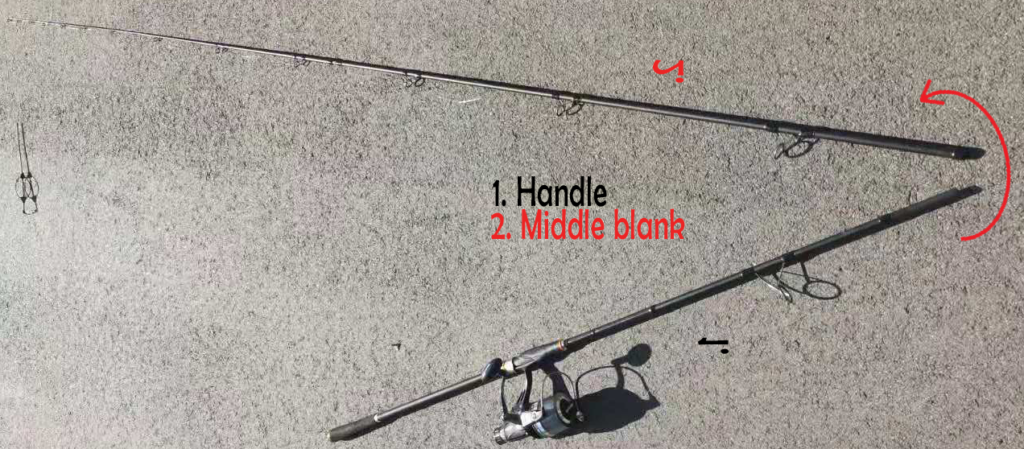 a., holding the 1. handle section, the 2.middle blank is pulled apart and turned to the opposite side,
a., holding the 1. handle section, the 2.middle blank is pulled apart and turned to the opposite side,
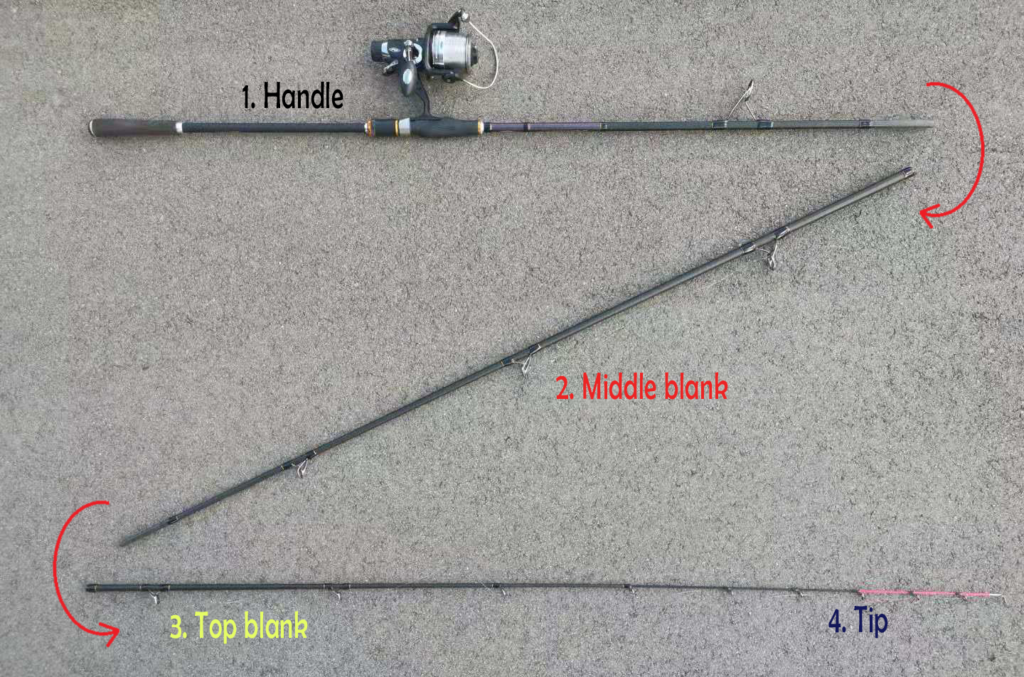 b., then turn the 3.top blank together with the 4.tip again in the opposite direction between the 1.handle and the 2.middle blank section.
b., then turn the 3.top blank together with the 4.tip again in the opposite direction between the 1.handle and the 2.middle blank section.
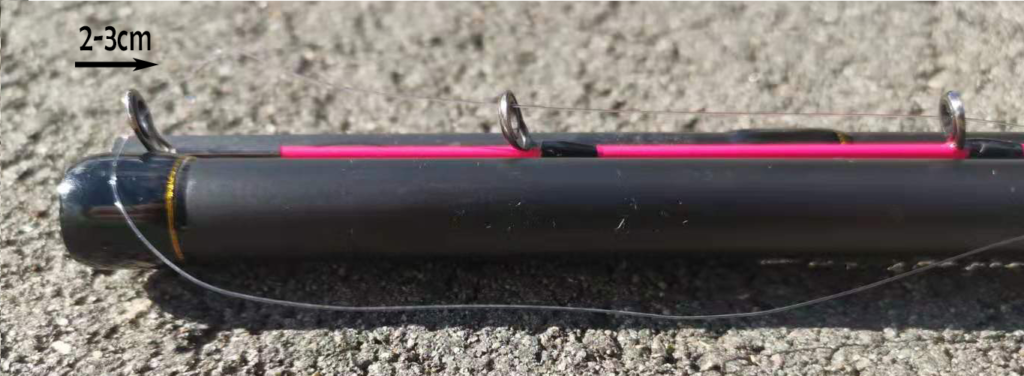
When putting the feeder rod blanks side by side, care must be taken to ensure that the top blank with the tip does not overlap the other two blanks,
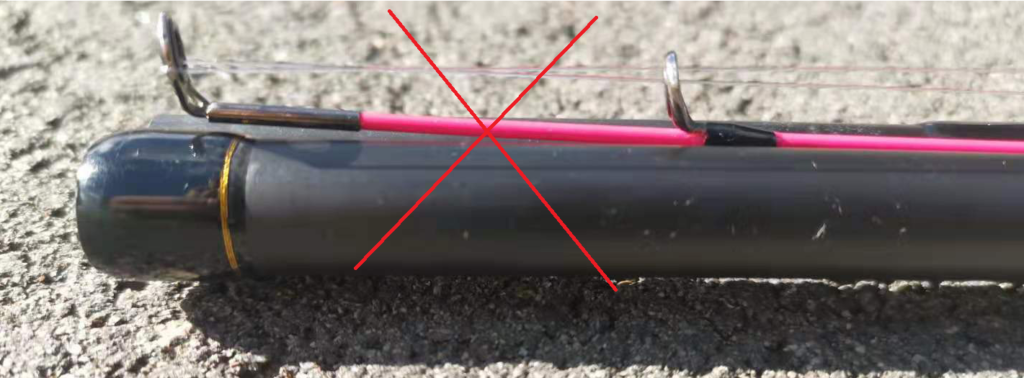
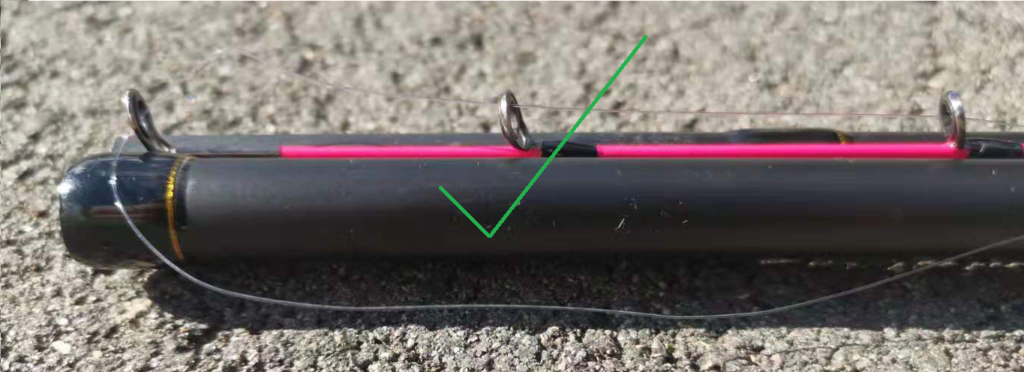
does not stretch or curl back, as this will prevent it from breaking.

You definitely need a good fishing rod bag! I use the Eurostar rod bag for this, it’s a 3-sections design, 1.6 metres long. It can comfortably carry 3 equipped rods with reels.
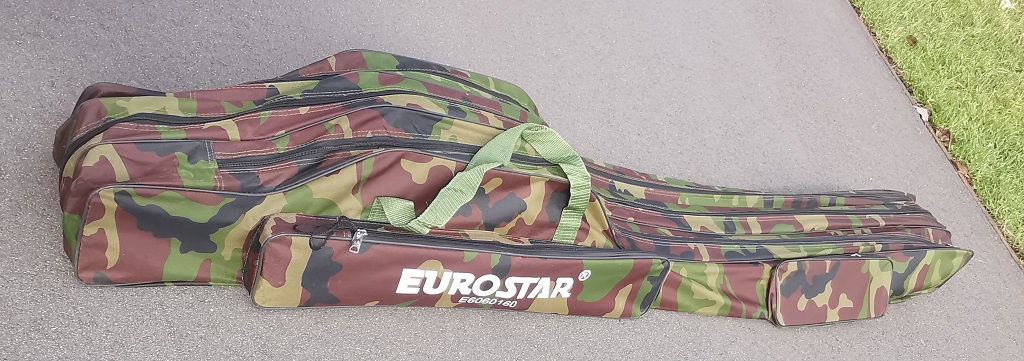
Even the most expensive equipment can be carried safely in a good rod bag!
The main rules for safe transport are:
a., Only one equipped rod per 1 compartment, so that they do not rub against each other.
b., If possible, remove the basket or lead from the end tackle so it does not hit/touch the rod and reel. If the weight or basket cannot be removed, use a protective rod strap to prevent damage to the rod. If you are using an inline basket, leave the length of the fishing line slightly longer than the folded rod and place a loose line at the bottom of the rod bag next to the rod.
c., If possible, do not hook the hook into the line guide of the rod, but into the frame of the guide or the hook eye of the rod, so the line guide insert is not scratched. Or use a quick release swivel to remove the rig.
d., The spool of the fishing reel should be in the lowest position, not the top dead centre, so the reel spool axis does not warp during transport.
e., Always bend the fishing reel handle! Not only does it take up less space, it is guaranteed not to deform.
f., -If you have feeder rods in your rod bag, use a neoprene protective guide cap!
-Don’t leave the rod blanks unsecured, use a thick rubber ring or protective strap.
Following my advice, you can have 3 rods ready to use in just 5 minutes.
